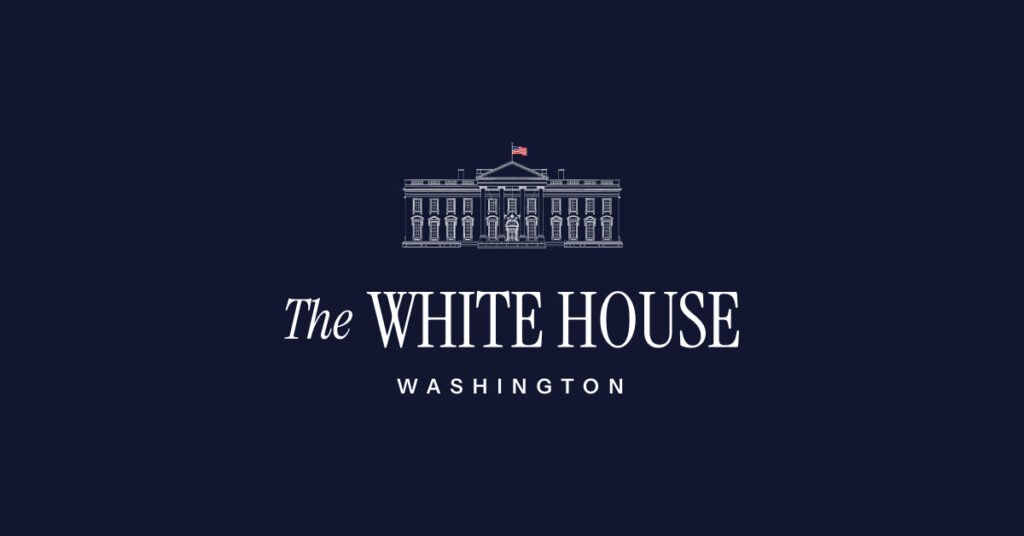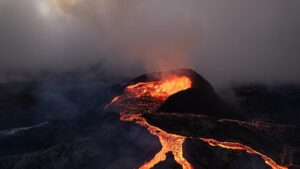
In a decisive move to tackle the growing threat of wildfires across the United States, President Donald J. Trump signed an Executive Order aimed at strengthening wildfire prevention and response efforts. The order, announced today, mandates a series of actions designed to enhance federal, state, and local capabilities in managing and mitigating wildfires.
The Executive Order directs the Secretary of the Interior and the Secretary of Agriculture to consolidate their wildland fire programs. This consolidation is expected to streamline efforts and improve coordination among various agencies involved in wildfire management. The order also emphasizes the importance of federal partnerships with state and local entities, focusing on improving preparedness and response strategies.
Technological Advancements in Wildfire Management
One of the key components of the Executive Order is the directive to utilize available technology to bolster wildfire identification and response. This includes the use of artificial intelligence, data sharing, innovative mapping, and advanced weather forecasting. Such technologies are anticipated to significantly enhance the capabilities of state and local agencies in identifying and responding to wildfires more effectively.
Moreover, the order calls for federal agencies to modify existing regulations to facilitate the use of preventive prescribed fires and appropriate fire-retardant applications. By promoting innovative uses of woody biomass and other forest products, the order aims to reduce fuel loads that exacerbate fire conditions and minimize ignition risks associated with the bulk-power system.
Empowering State and Local Leaders
The Executive Order places a strong emphasis on empowering state and local leaders to combat wildfires more effectively. For years, inadequate responses have been attributed to mismanagement and a lack of preparedness at the local level. The order seeks to address these issues by streamlining federal capabilities, thereby allowing states to adopt more efficient and straightforward approaches to wildfire response and mitigation.
Firefighters have often been hampered by outdated technology and bureaucratic hurdles, which have slowed response times. The order aims to eliminate these barriers, ensuring that local entities can take swift action to prevent devastating wildfires like those seen in Los Angeles in recent years.
Restoring Common Sense to Federal Policies
President Trump’s Executive Order is part of a broader effort to restore what he describes as “commonsense” approaches to environmental protection and community safety. By modernizing federal policies and removing outdated regulations, the administration seeks to create a more responsive and effective framework for wildfire management.
In addition to policy changes, the order instructs federal agencies to declassify historical satellite data to improve wildfire prediction capabilities. This move is intended to provide researchers and agencies with better tools for forecasting and preventing wildfires.
Expert Opinions and Historical Context
Experts in wildfire management have long advocated for a more integrated approach that combines advanced technology with practical land management practices. According to Dr. Jane Smith, a leading researcher in environmental science, “The integration of AI and advanced mapping technologies can revolutionize how we predict and respond to wildfires. This Executive Order is a step in the right direction.”
Historically, wildfire management in the United States has faced challenges due to fragmented policies and a lack of coordination among different levels of government. The new order seeks to address these historical shortcomings by fostering collaboration and innovation.
Looking Ahead: Implications and Next Steps
The Executive Order is expected to have significant implications for how wildfires are managed in the future. By prioritizing the sale of excess aircraft and parts for wildfire mitigation, the order also underscores the importance of having the right tools and resources available for rapid response.
As the order is implemented, it will be crucial for federal, state, and local agencies to work closely together to ensure that the new policies lead to tangible improvements in wildfire prevention and response. The success of these efforts will likely be measured by the ability to prevent large-scale wildfires and reduce their impact on communities across the nation.
With wildfires posing an increasing threat due to climate change and other factors, the need for effective management strategies has never been more urgent. The Executive Order represents a significant step forward, but ongoing collaboration and innovation will be essential to safeguarding communities and preserving natural resources.







